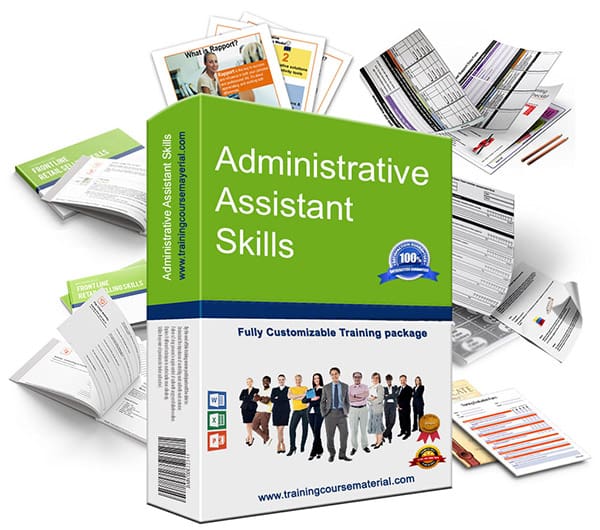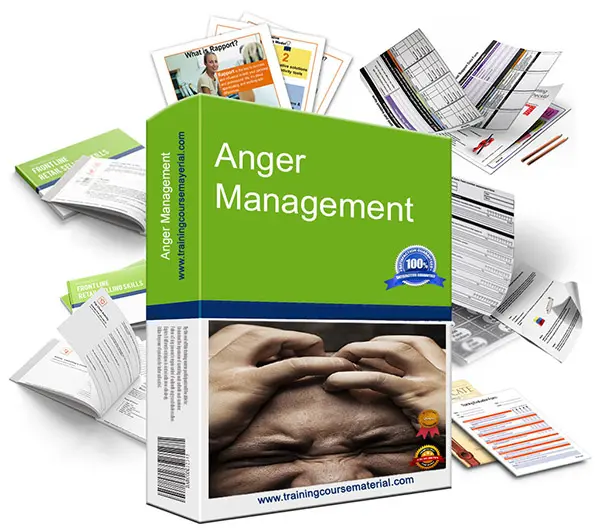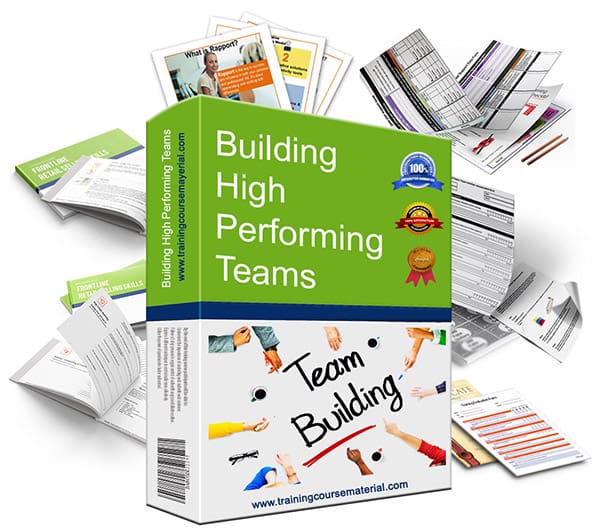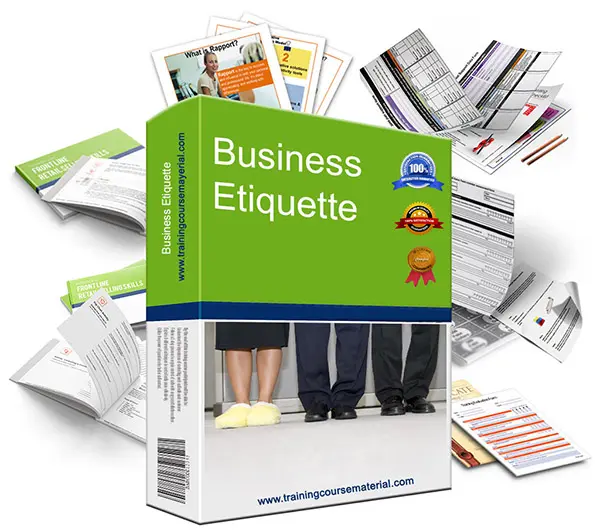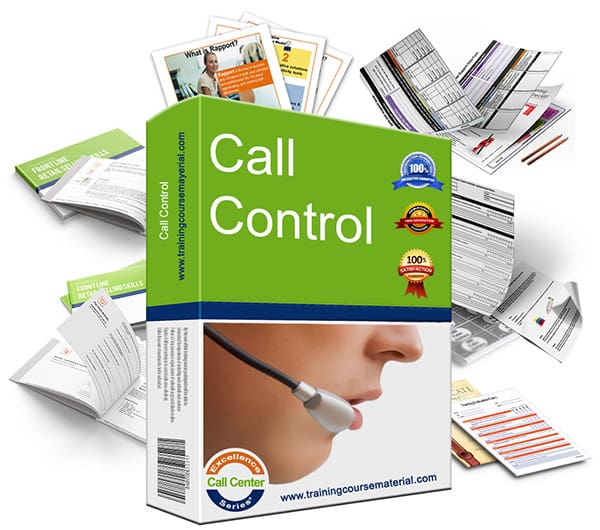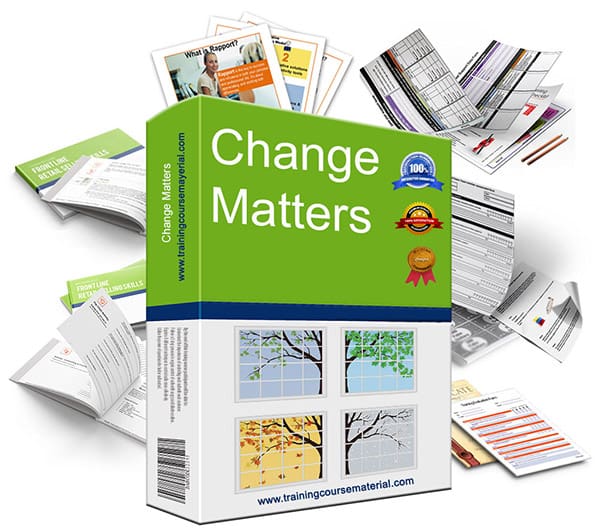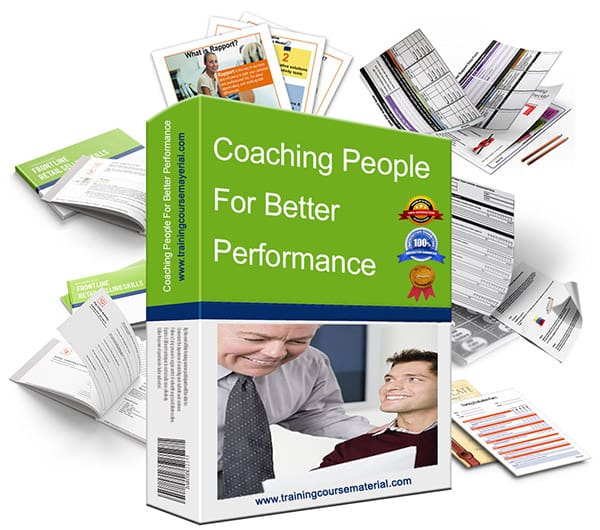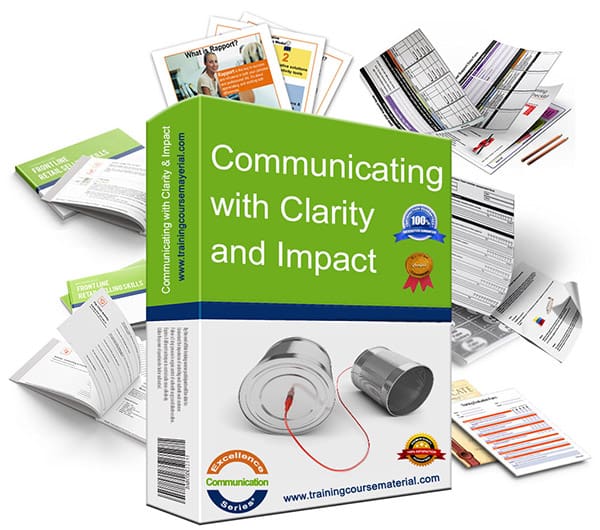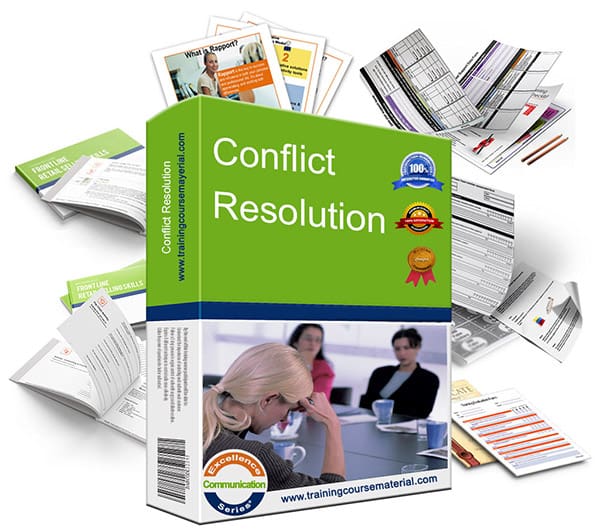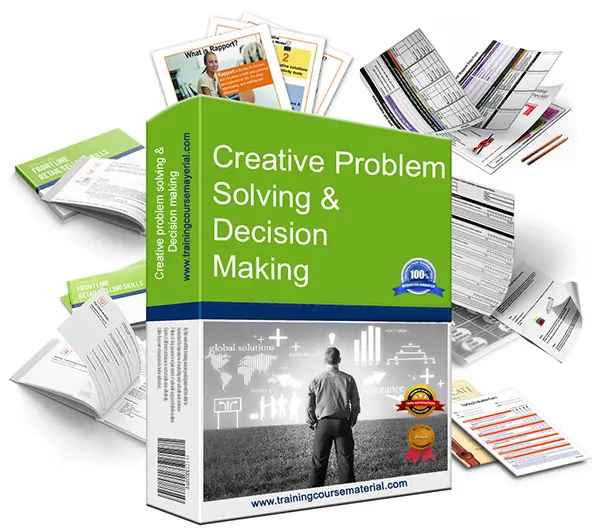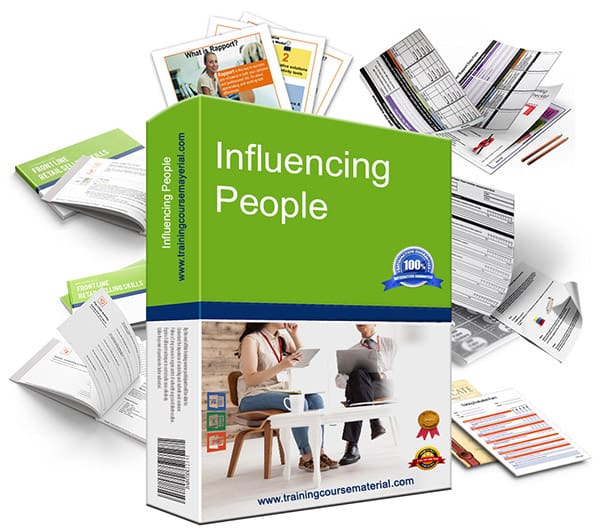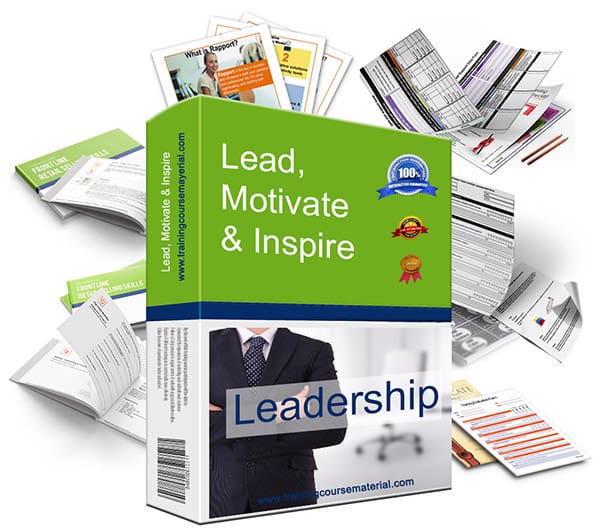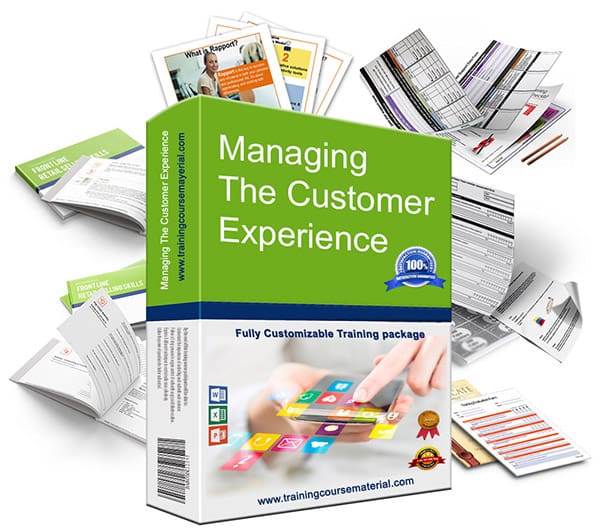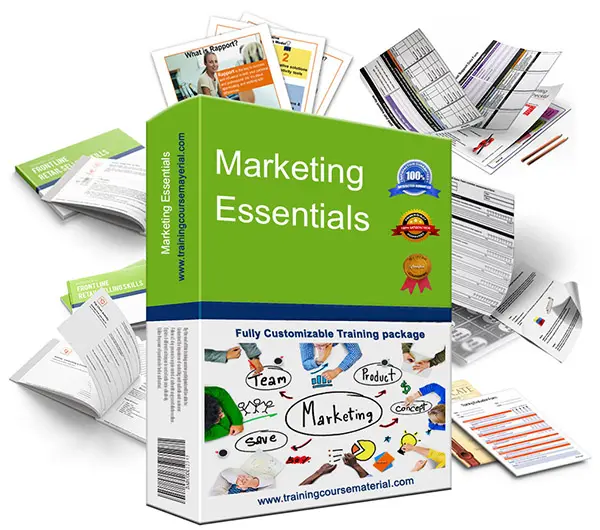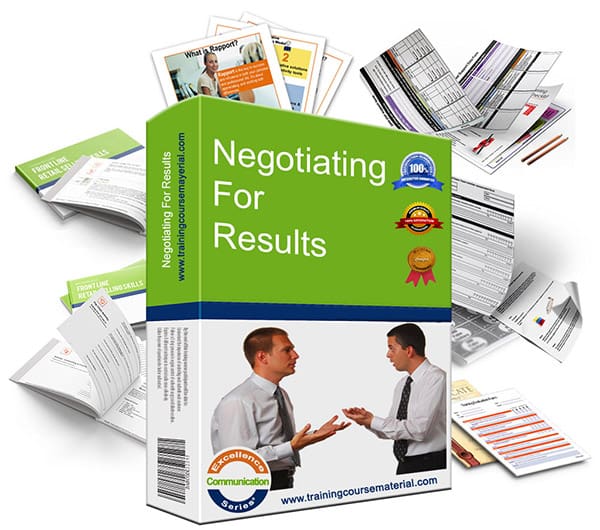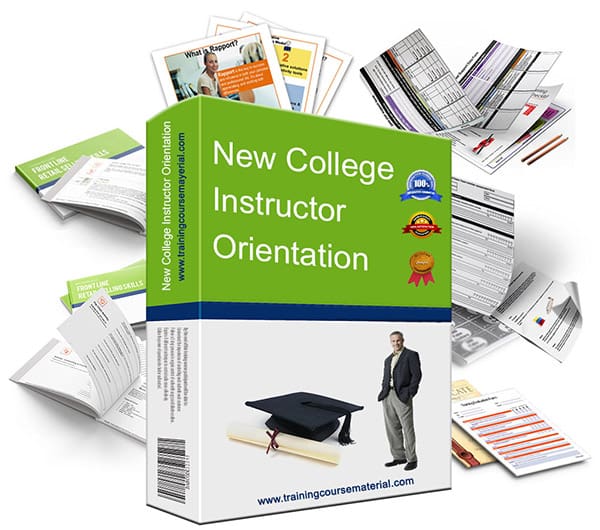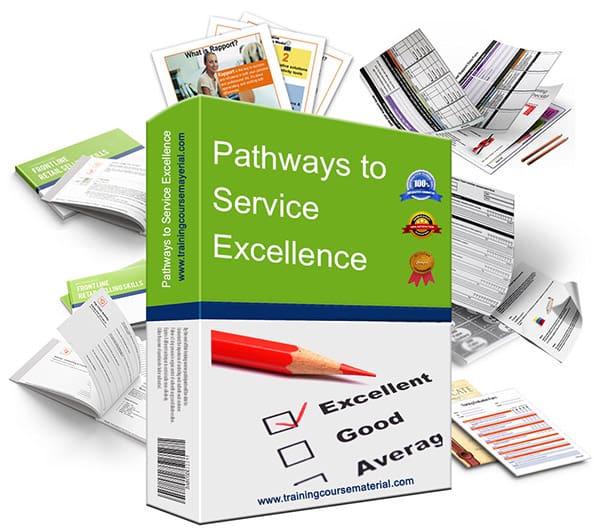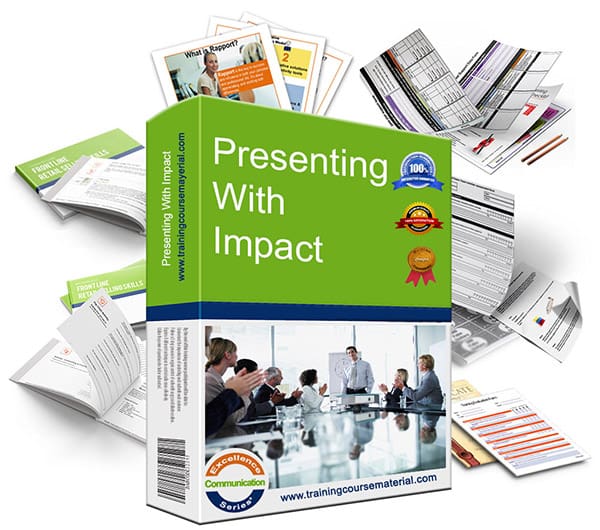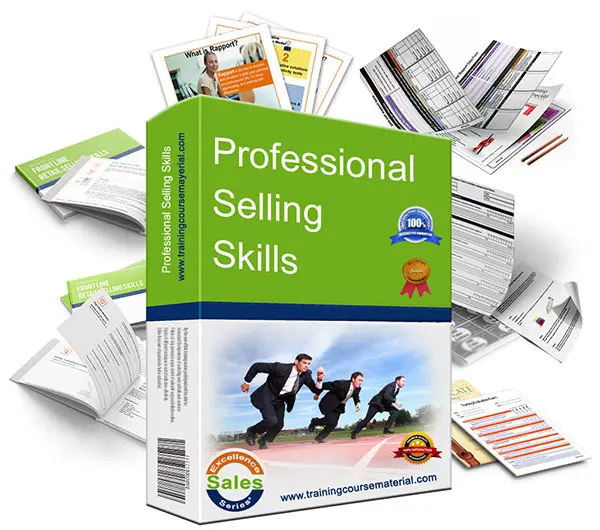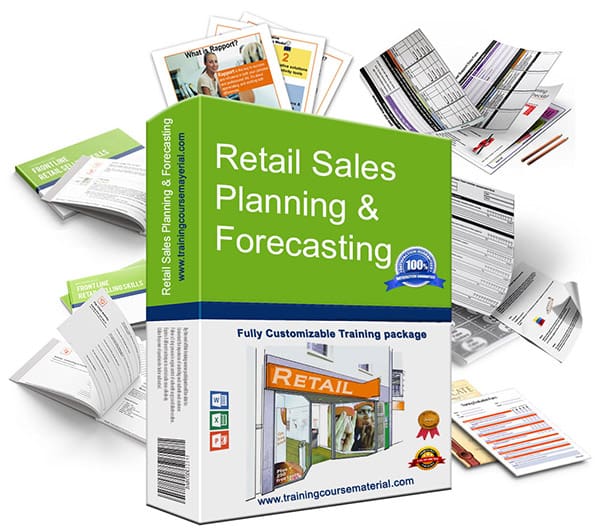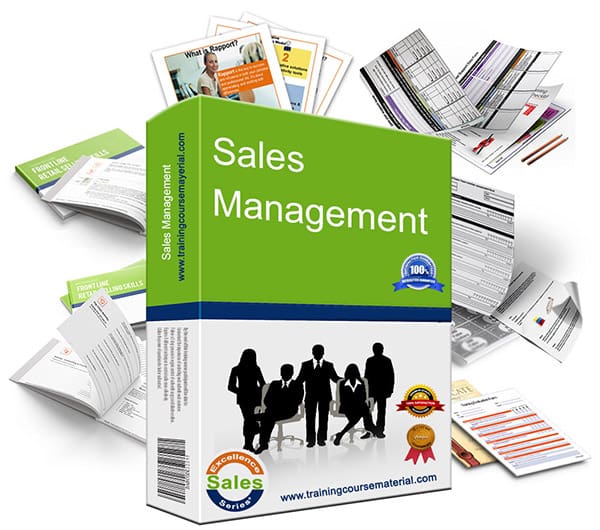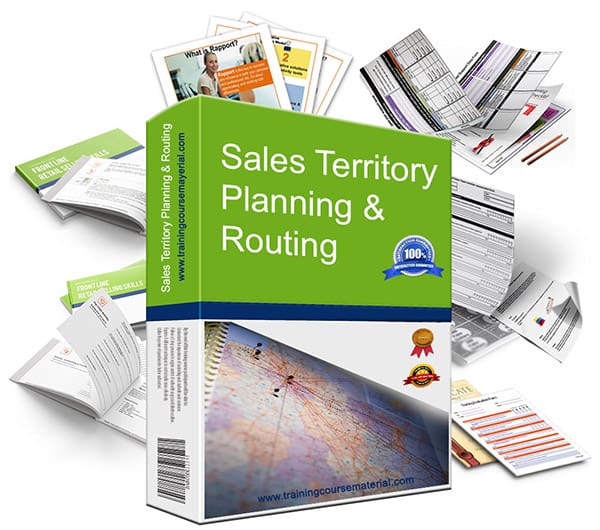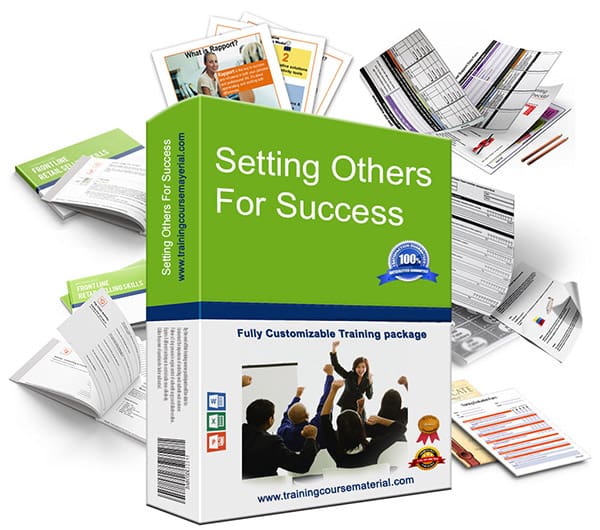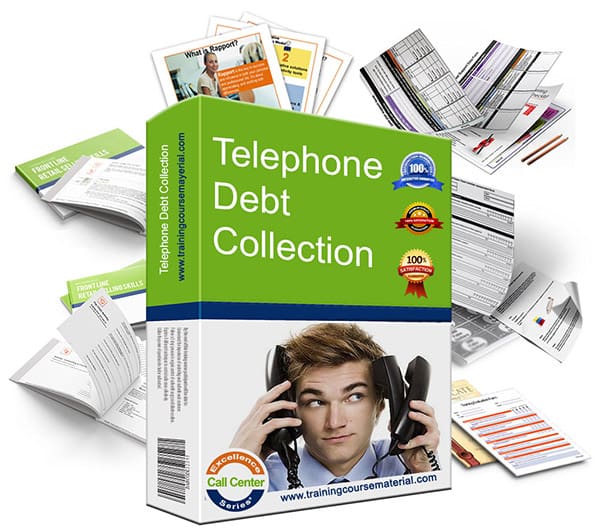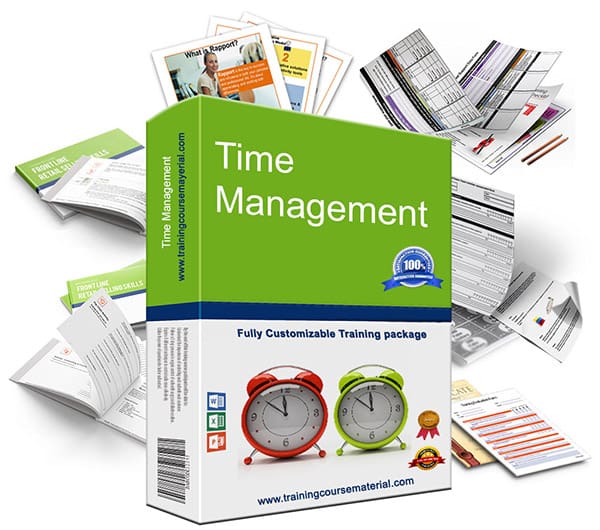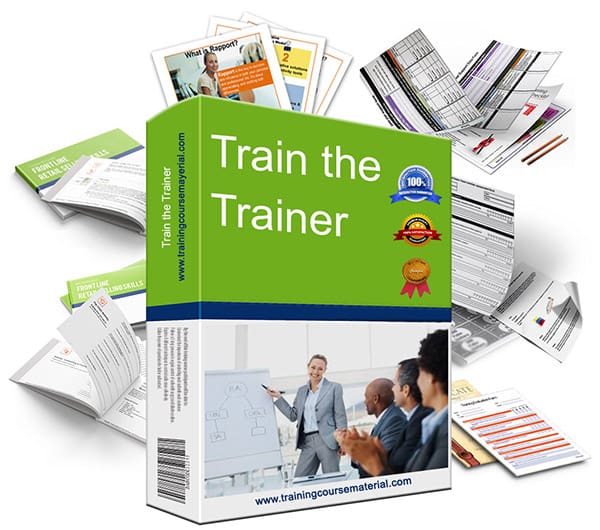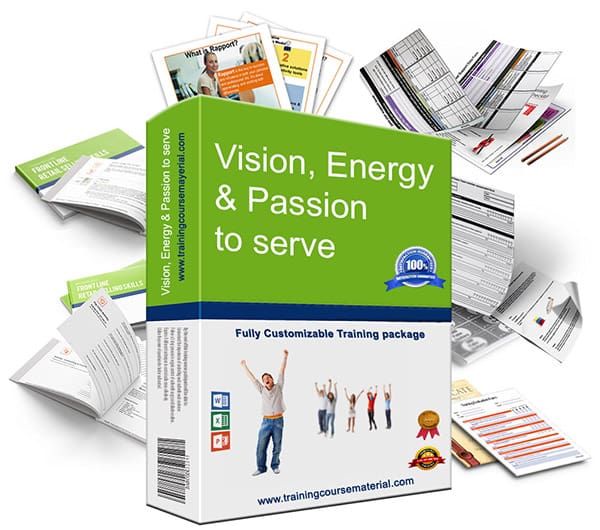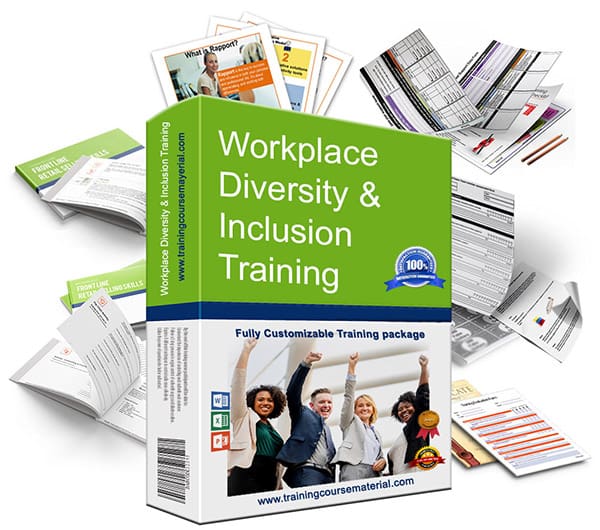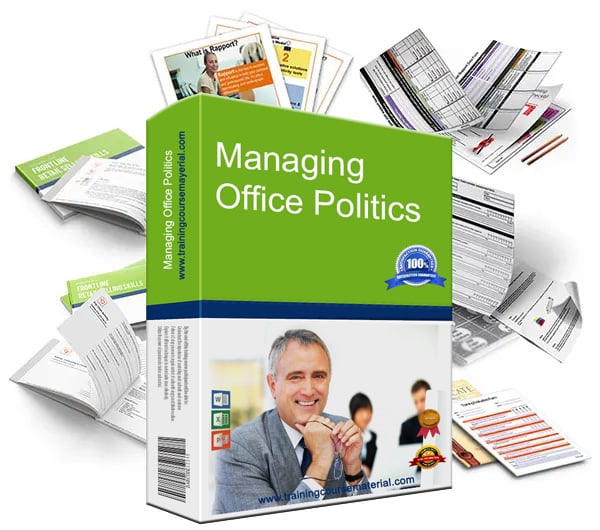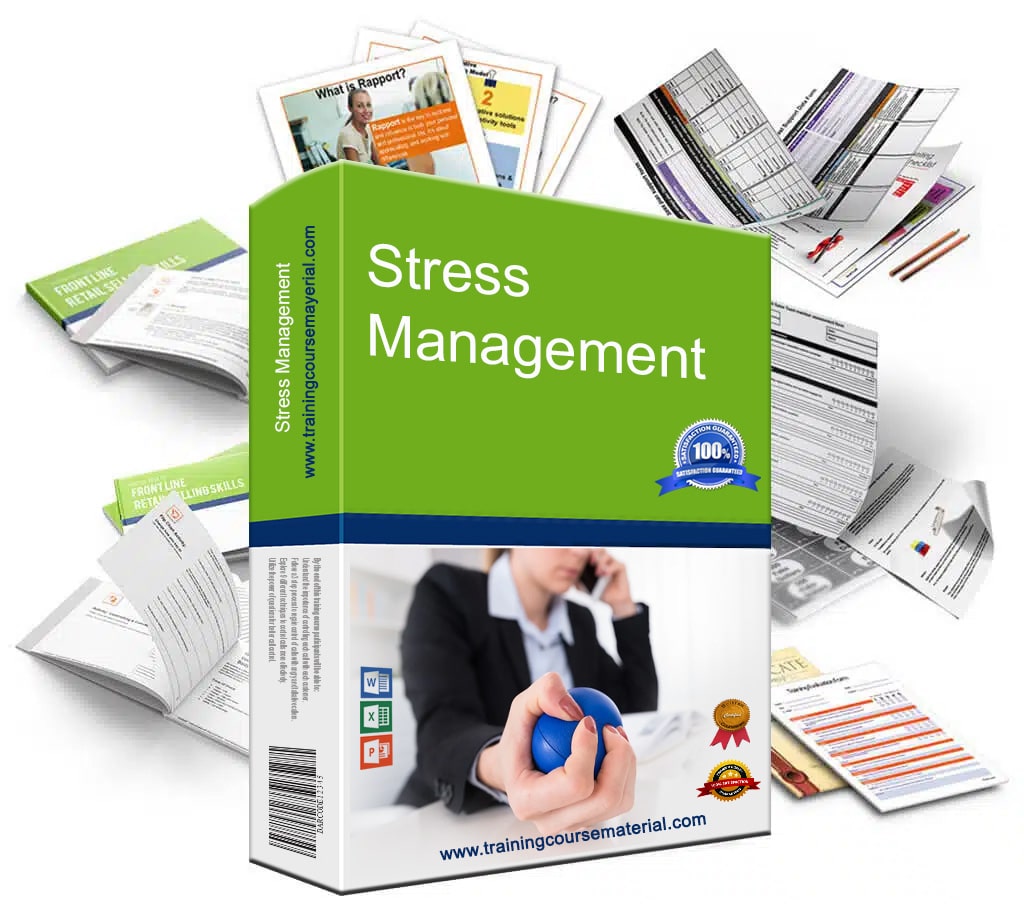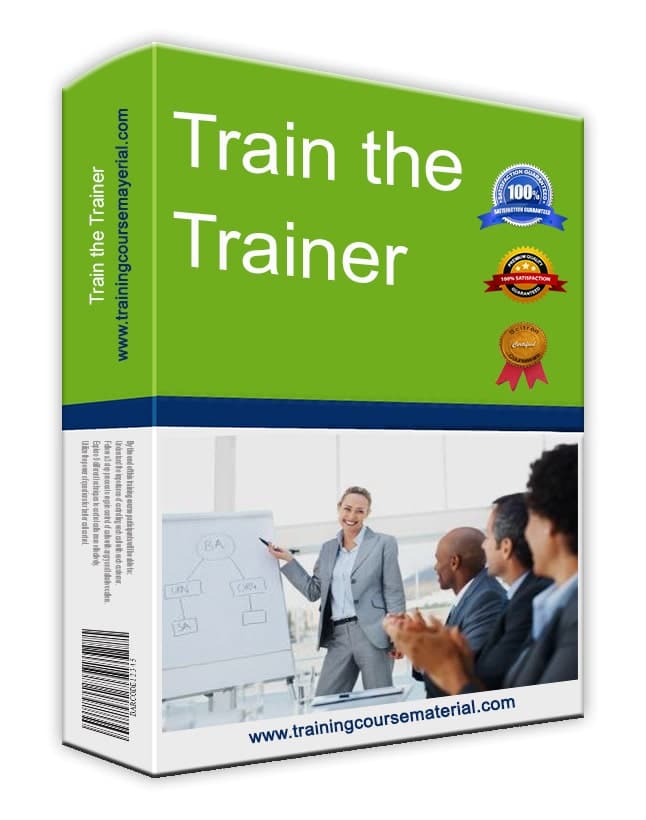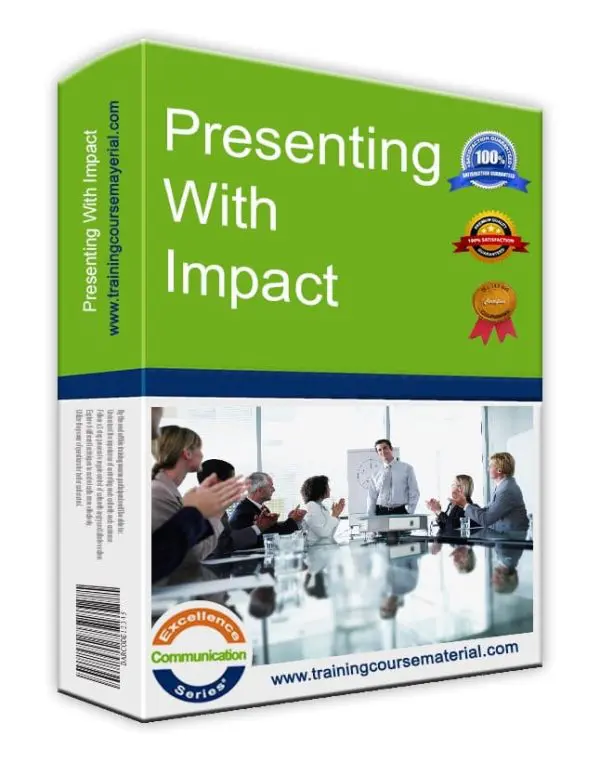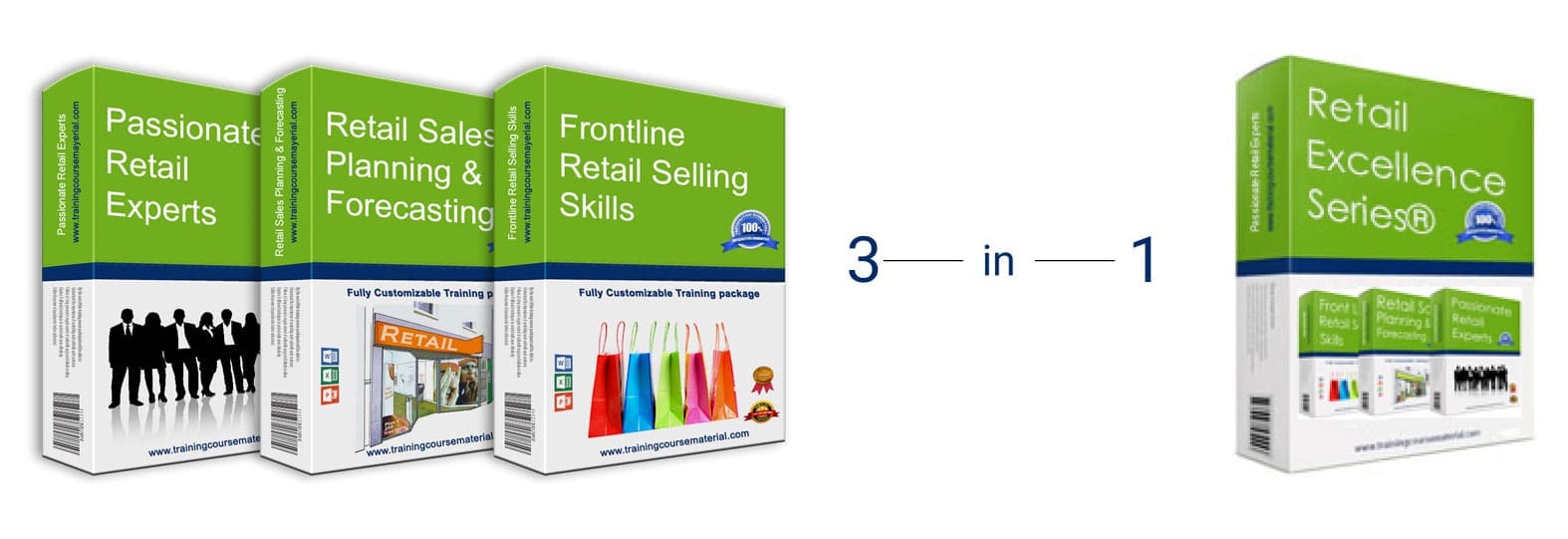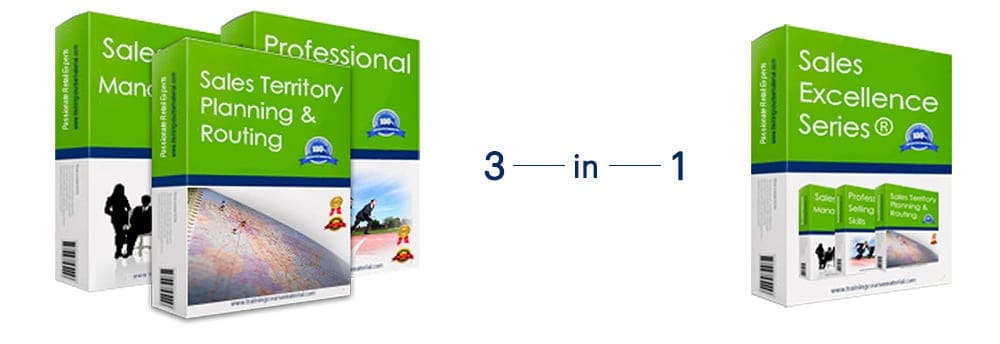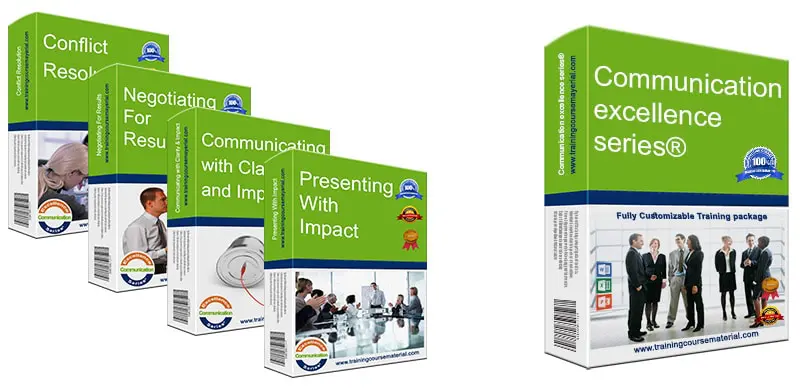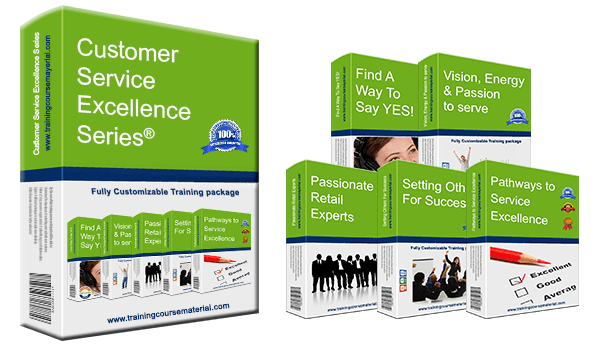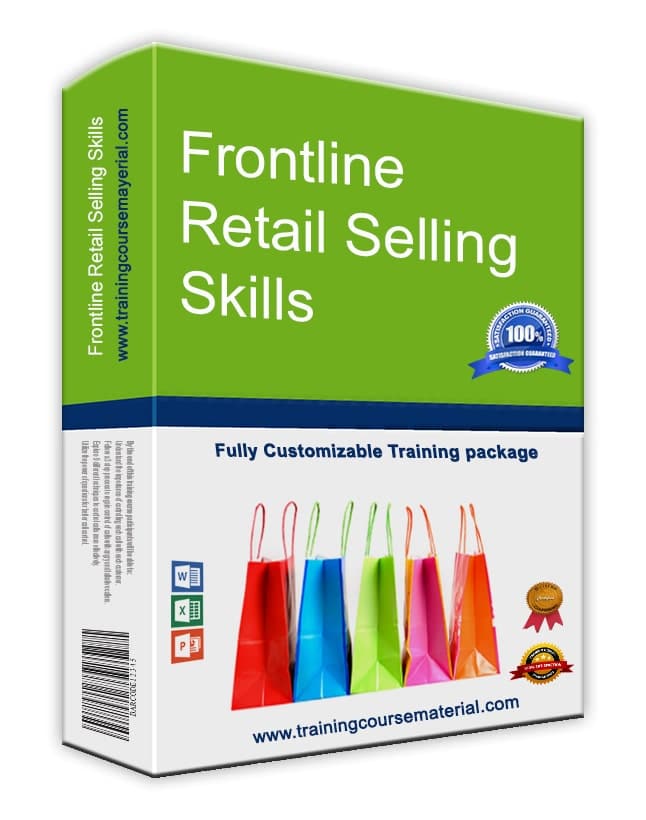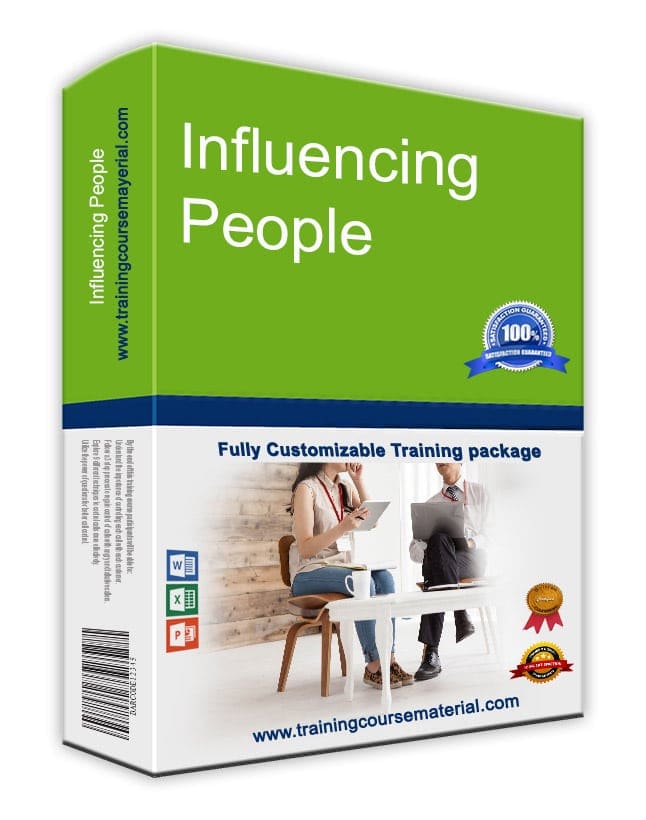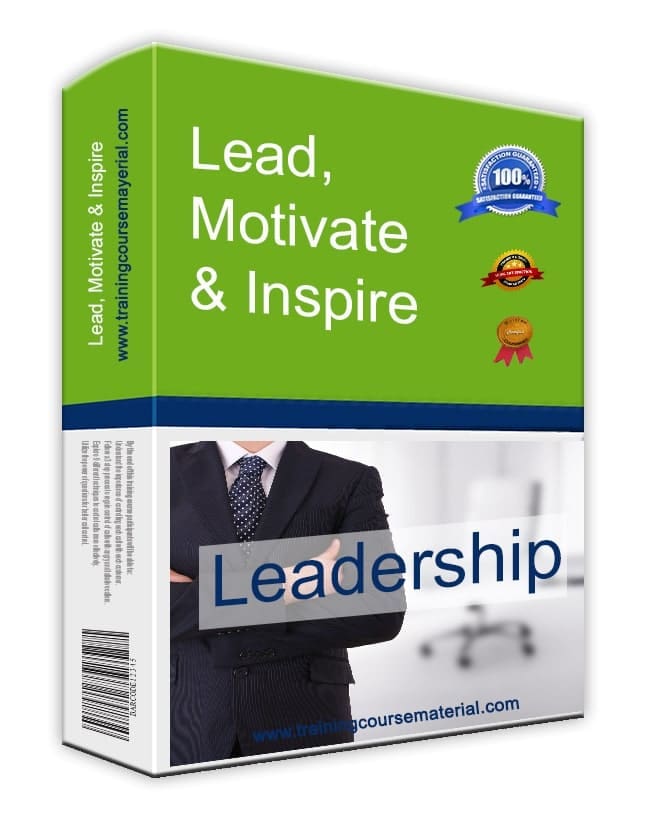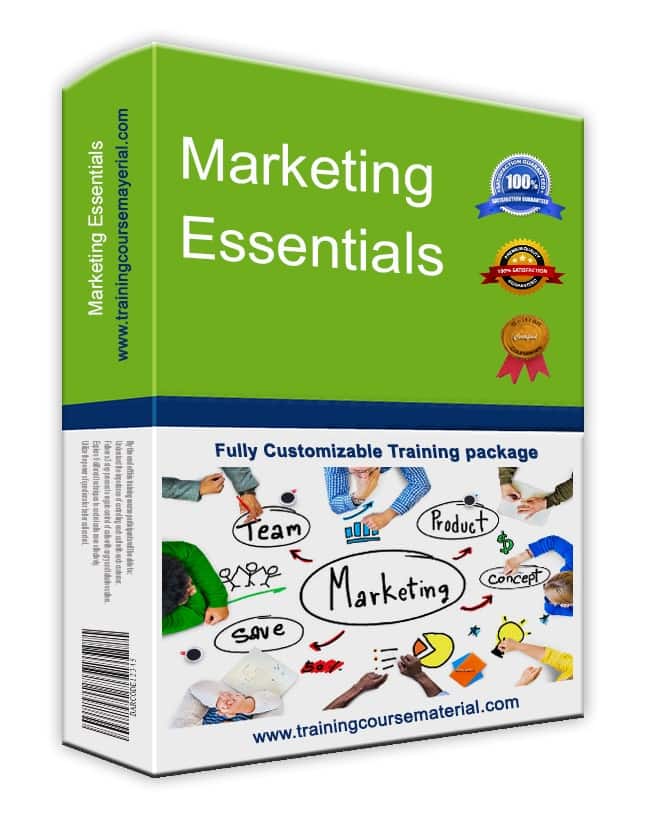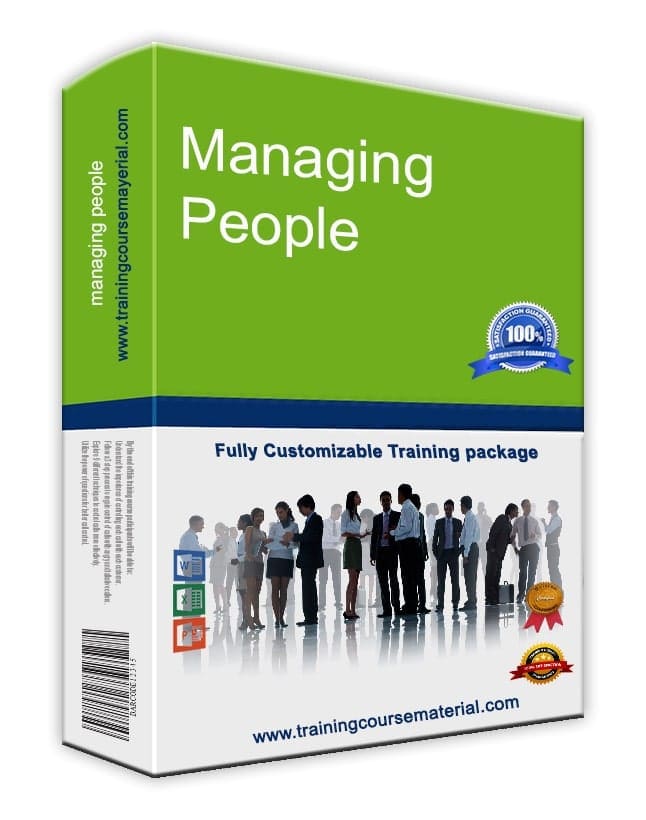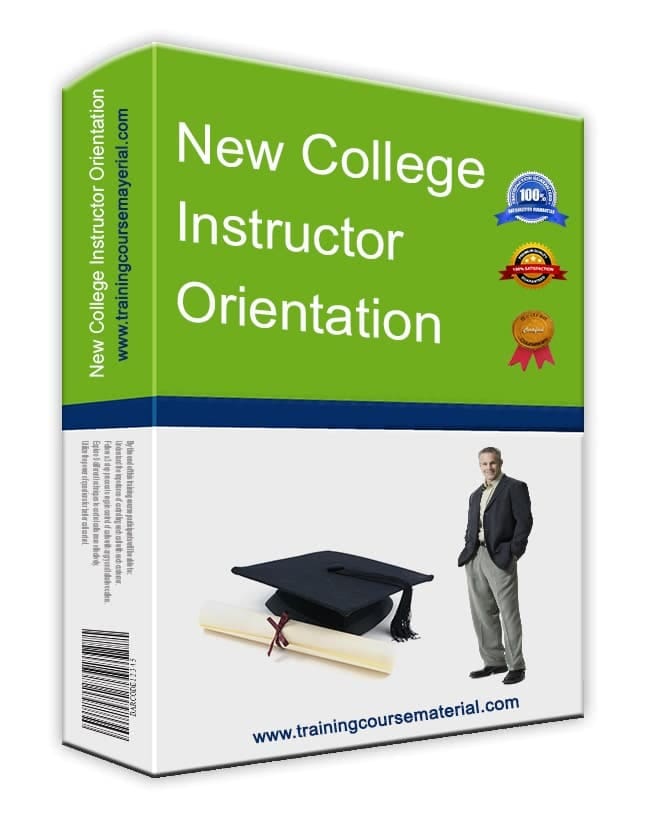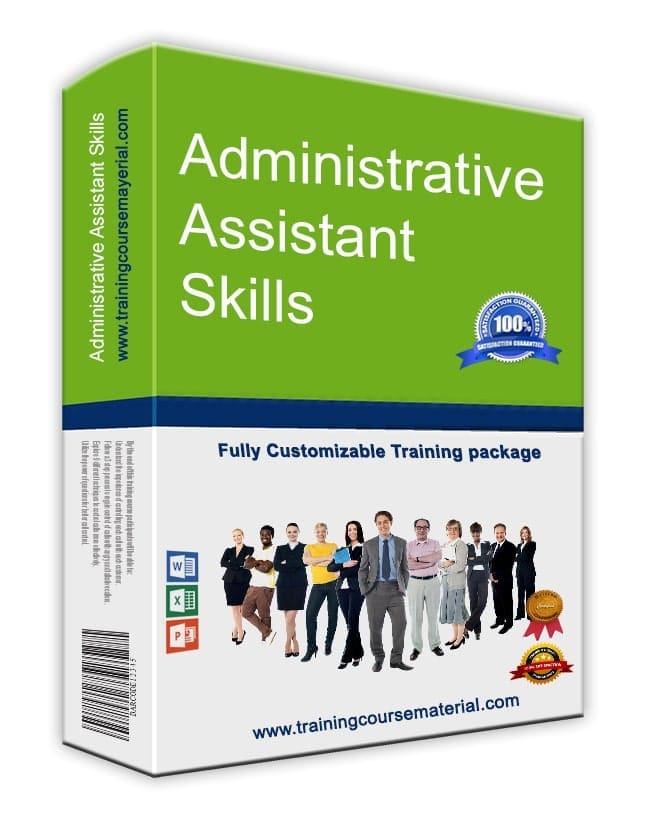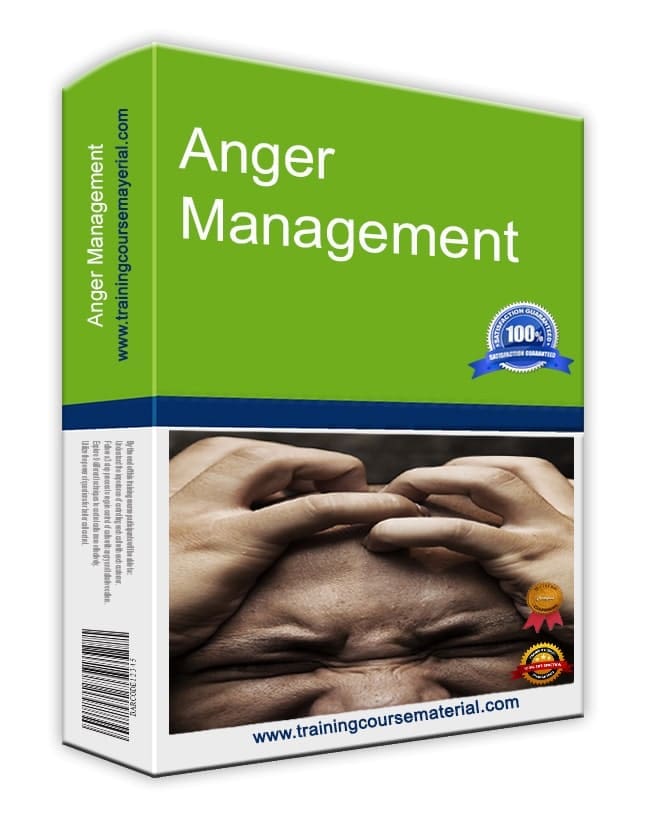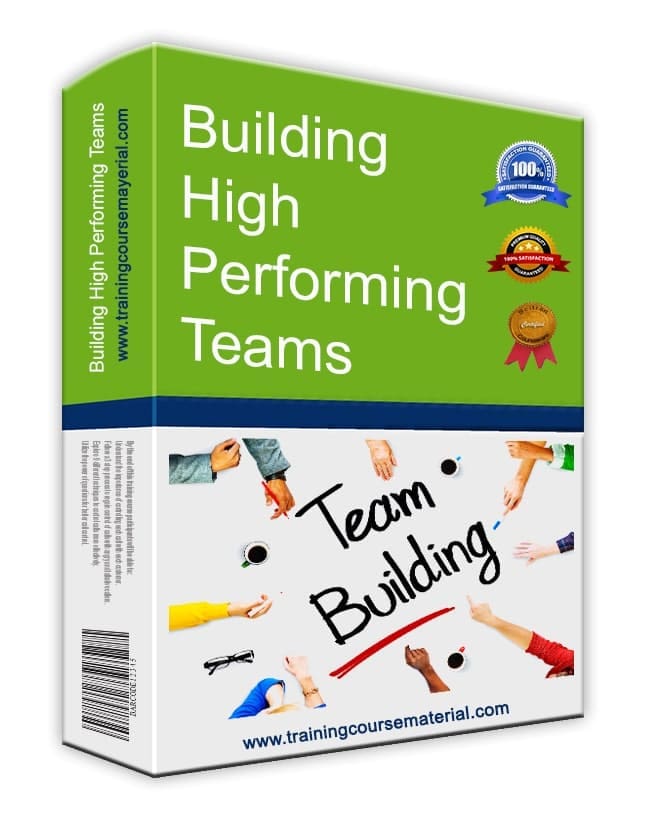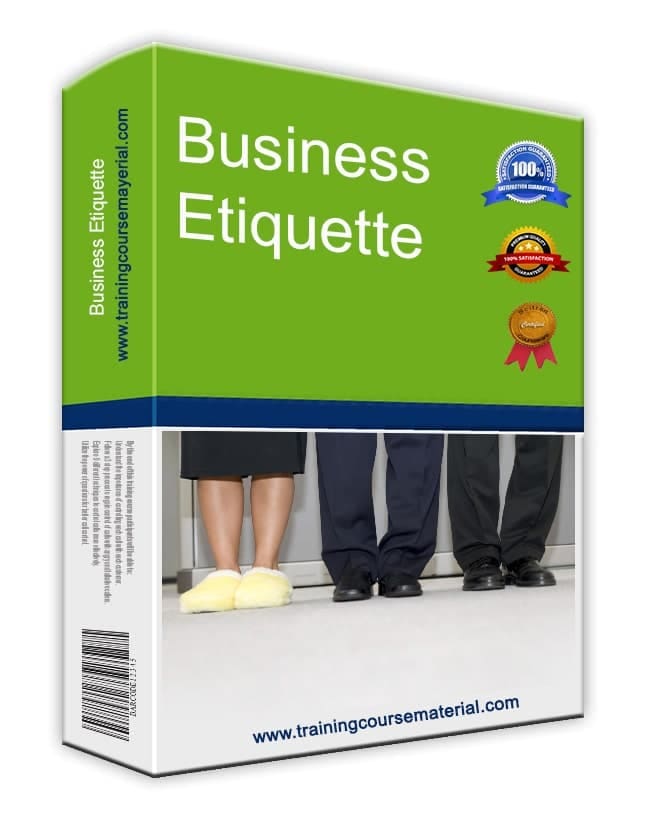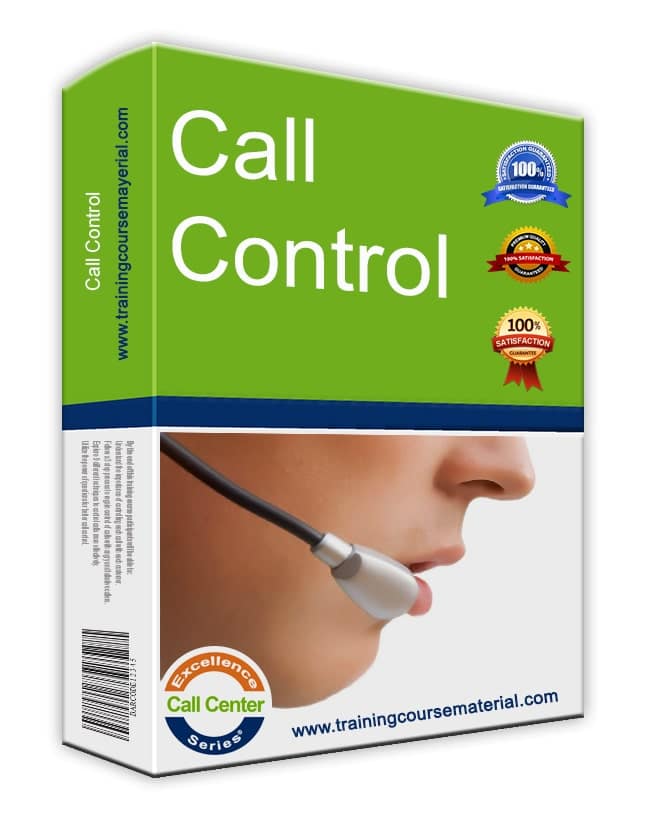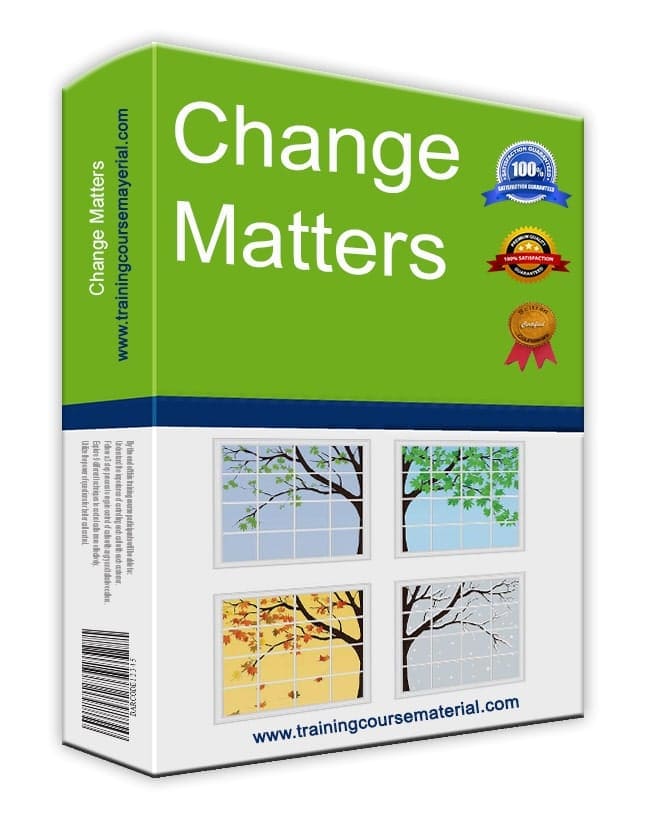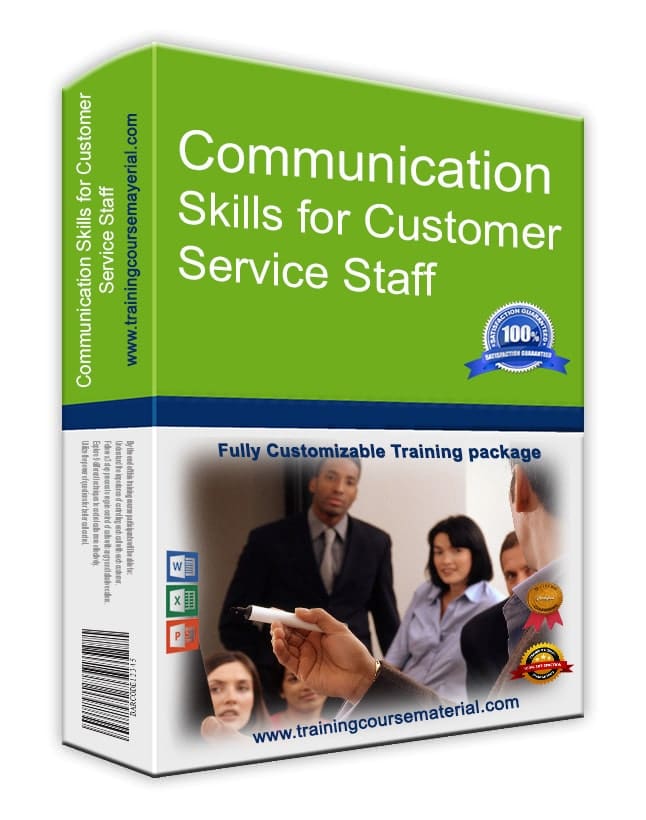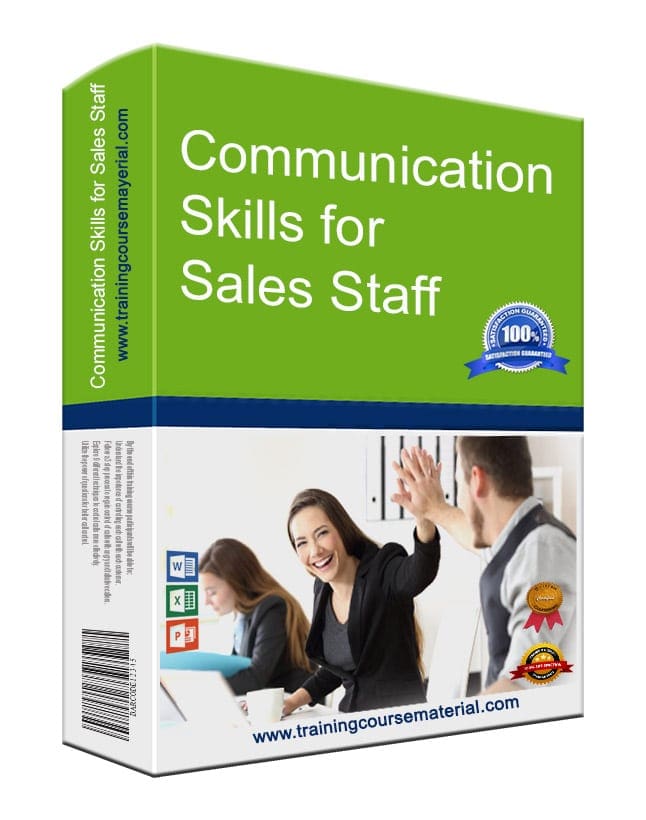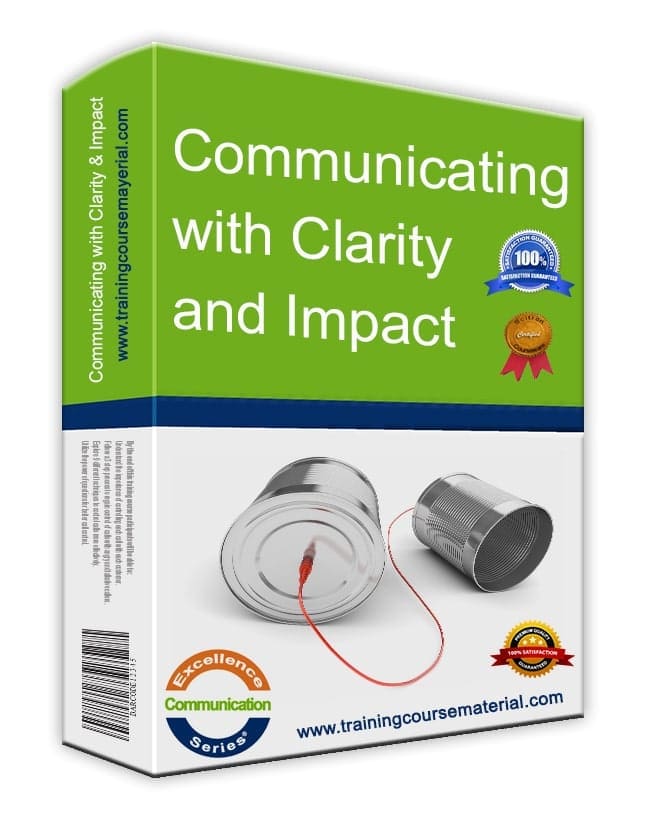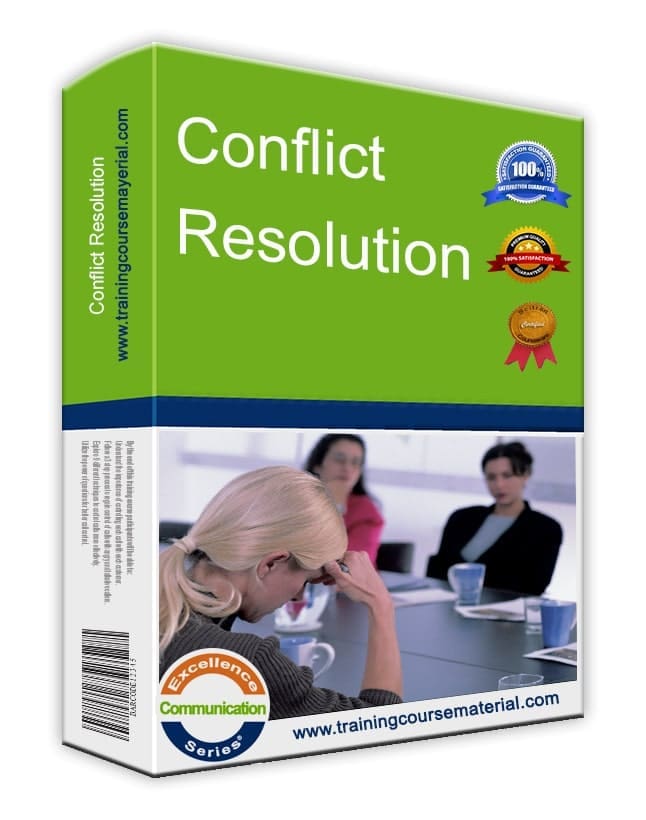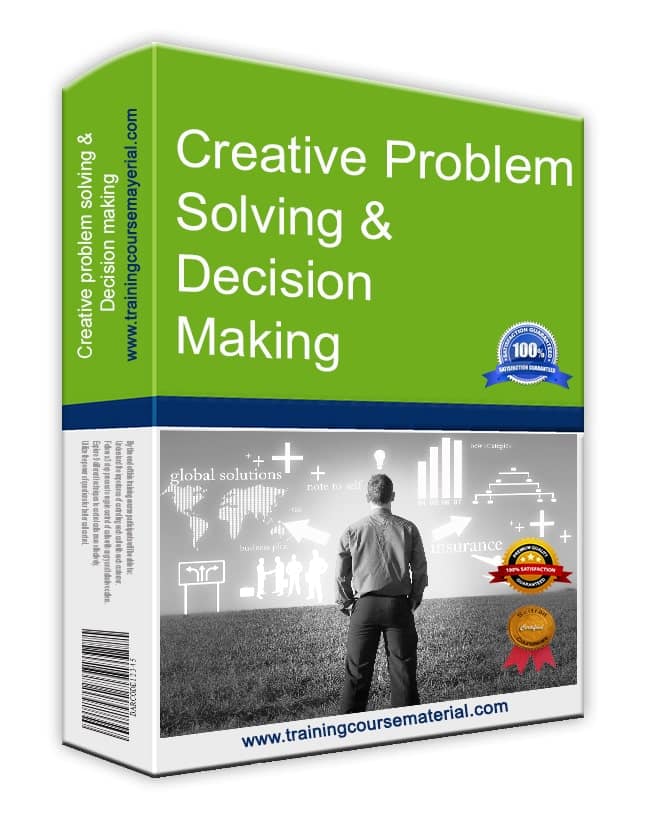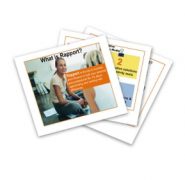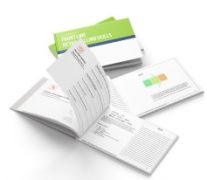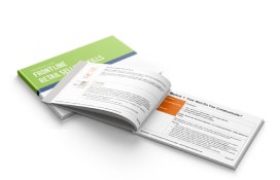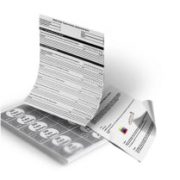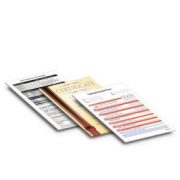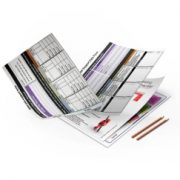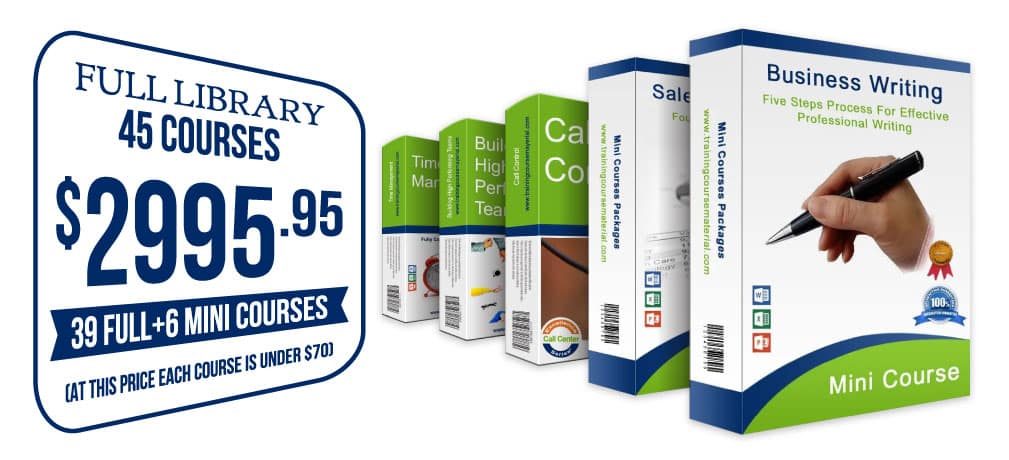Written by professional presentation skills trainers with over 15 years of experience helping teams deliver clear, confident, and audience-focused talks.
The best presentations don’t happen by accident. They’re built on solid preparation, clear structure, and thoughtful delivery. Whether you're speaking to a boardroom or a classroom, how you prepare shapes how your message lands.
The 3 Key Stages of Preparation
1. Gather Your Ideas
Start wide. Jot down everything that comes to mind about your topic. A mind map works well—use a large sheet of paper and let your thoughts branch out naturally. Don’t worry about order yet. This step taps into how your brain works: associatively, not linearly.
2. Edit with Purpose
Once you’ve unloaded your ideas, it’s time to trim and focus. Ask yourself:
- Who is my audience?
- What do they already know?
- What do I want them to walk away with?
- How much time do I have?
Use your answers to define your objective. Remove anything that doesn’t serve that goal. Then group your ideas under clear headings and arrange them logically. This is your talk taking shape.
3. Prepare Your Notes
Your notes should help you speak—not script your speech. Keep them:
- Readable: Large print, key phrases only.
- Manageable: Use small cards—one for the intro, one per main idea, one for the close.
- Organized: Color-code and number them. Use spacing or line breaks to cue pauses.
- Accurate: Quotes or stats? Write them clearly on a dedicated card.
The Core Structure of a Presentation
Good presentations follow a simple flow. The classic rule of thumb still holds:
Tell them what you’re going to tell them. Tell them. Then tell them what you’ve told them.
- Introduction: 10% of your time
- Main Content: 80%
- Conclusion: 10%
1. Beginning / Introduction
Start with something engaging—a surprising fact, question, or story. Establish credibility. Let your audience know:
- What you’re going to talk about
- How long you’ll take
- When or how they can ask questions
If the topic is complex, consider taking questions section by section. Either way, set expectations clearly.
2. Middle / Main Themes
This is where you deliver on your promise. Follow the roadmap you shared at the start. Use transitions to guide your audience between themes. Each idea should build logically on the last. Think clarity over quantity—better to cover fewer points well than rush through everything.
3. Ending / Summing Up
Don’t just fizzle out. Bring your presentation full circle. Summarize your key points briefly. Reinforce your main message. Offer a call to action or leave them with something memorable. Then signal clearly that you’re done, and thank the audience for their time.
Want to Level Up Your Presentation Skills?
📦 Presenting with Impact – Training Material Package
Train yourself or your team to communicate with clarity, confidence, and presence. This ready-to-use package includes editable slides, trainer guides, workbooks, and practical activities.
📝 Free Presentation Skills Self-Evaluation
Want to know where you stand? Use this quick assessment to identify your strengths and areas for improvement before your next presentation.
Reviewed by TrainingCourseMaterial.com editorial team on August 5, 2025

